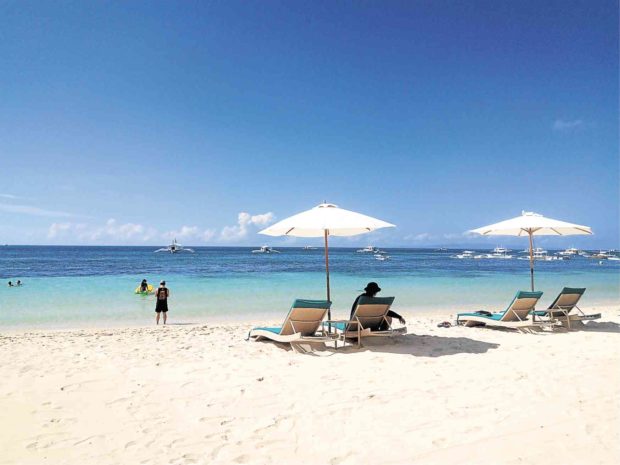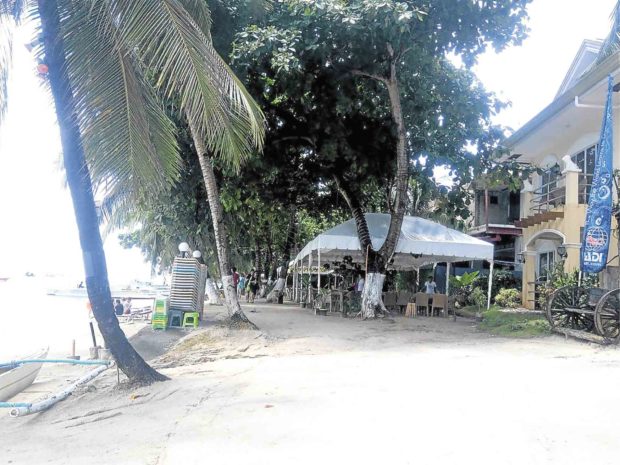Sweep vs coliform to hit 1,000 Mactan informal settlers
CEBU CITY—Communities of informal settlers that had mushroomed around the coastal areas of Lapu-Lapu City would be swept in the campaign to clean up waters off Mactan Island, Cebu, which an environmental agency said remained safe to swim in although with a high coliform content.
At least 1,000 families would have to move out following an order by Mayor Paz Radaza of Lapu-Lapu City, where most resorts and hotels were located, to rid the area of structures built inside 3-meter shoreline easements.
It came after the Environmental Management Bureau (EMB), an agency under the Department of Environment and Natural Resources (DENR), released findings that showed coliform level in Mactan and Panglao had exceeded standards.
Still safe
But William Cuñado, EMB director in Central Visayas, said it was still safe for people to swim in the waters of Mactan and Panglao.
Article continues after this advertisement“The local government units should not be alarmed. The sea is still safe,” he said in an interview.
Article continues after this advertisementThe amount of fecal coliform in Mactan and Panglao was not as high as that found in waters off Boracay Island, which President Duterte had described as a cesspool.
The recent EMB study of water quality in Panglao showed fecal coliform levels reaching 150-200 most probable number (MPN), and 180 to 250 MPN in Mactan.
Cuñado said the numbers were not alarming, though.
People’s wastes
To prevent Mactan and Panglao from becoming another Boracay, Cuñado said at least 300 hotels and resorts in Panglao and 30 others in Mactan had been issued notices for violating Republic Act No. 9275, or the Clean Water Act.
Aside from commercial waste, Cuñado said wastes from people living along the shores might have also contributed to the high level of fecal coliform.
Mayor Radaza said she believed ridding the area of informal settlers would hasten the cleanup campaign.
Among Lapu-Lapu City areas thickly populated by informal settlers were the villages of Poblacion, Pajo, Pusok, Ibo and Mactan.
At a press conference on Friday, Radaza said wastes from informal settlers might have contaminated the sea.
In Panglao, the DENR earlier identified lack of wastewater treatment facility and “bottomless” septic tanks as among problems contributing to the environmental woes of the island, which was considered the “jewel” of Bohol’s tourism.
As of March 7, the EMB identified 344 establishments in Panglao without valid discharge permits.
Panglao Councilor Rogelyn Clemeña-Degoma said the latest EMB study showed that she was right all along when she first raised an alarm in January on the level of fecal coliform in Panglao waters.
She said that the local government should be serious in implementing environmental laws. —WITH A REPORT FROM LEO UDTOHAN

